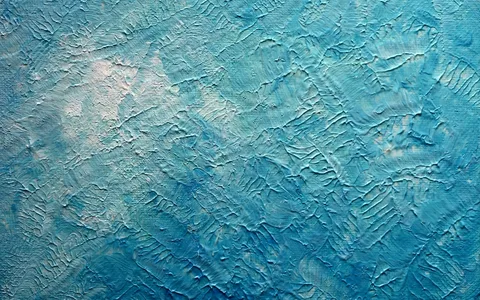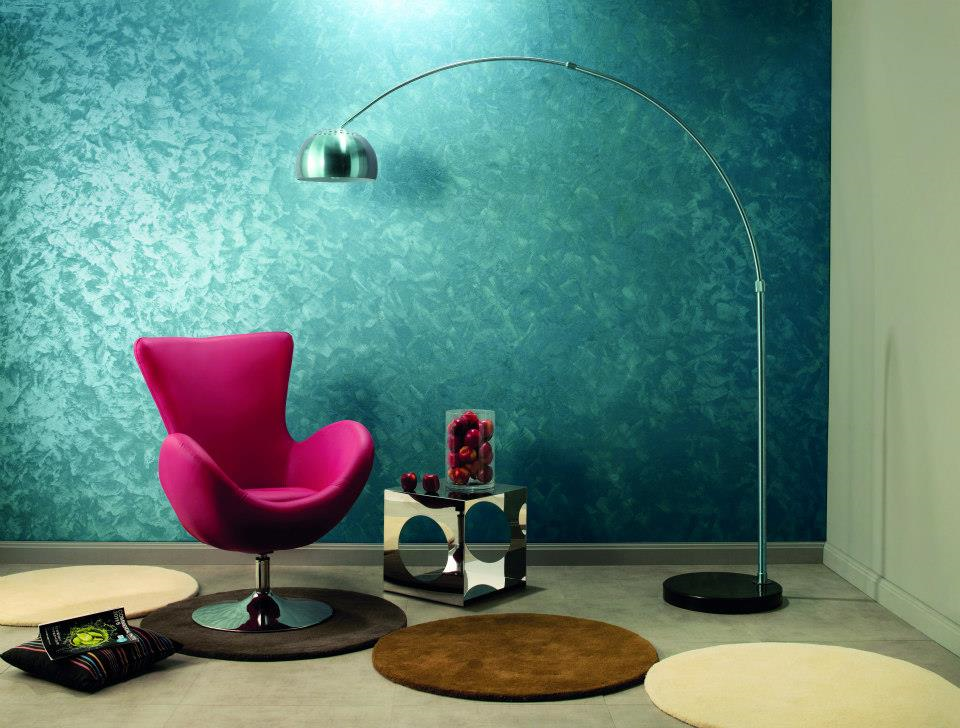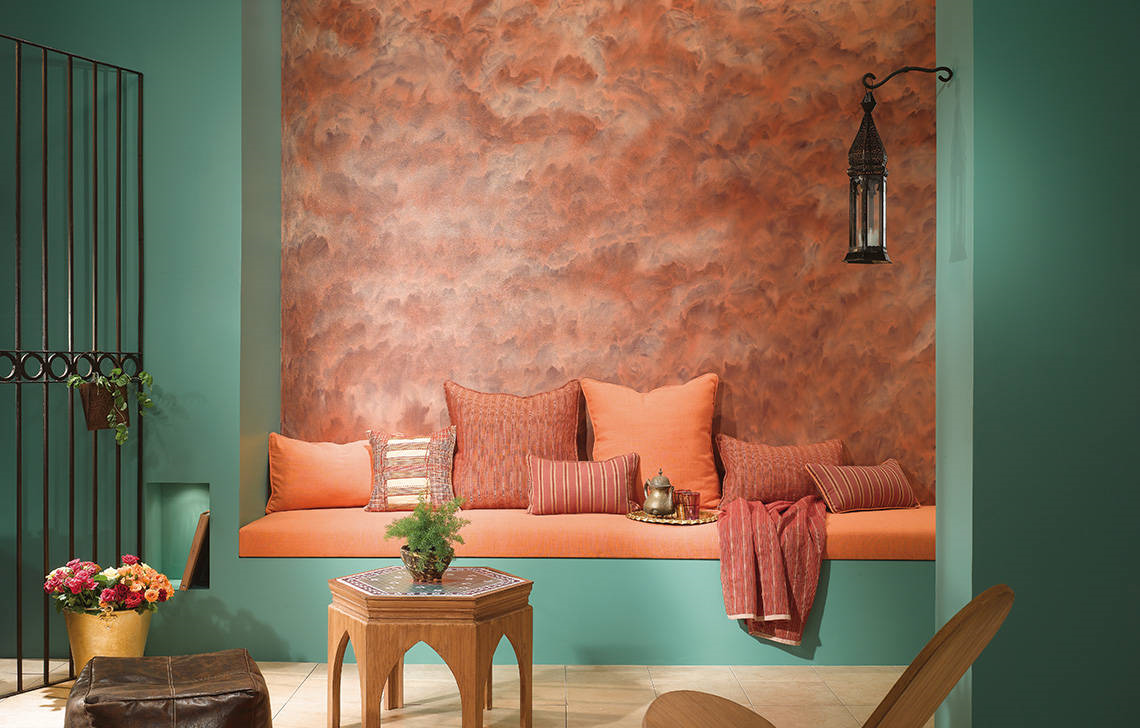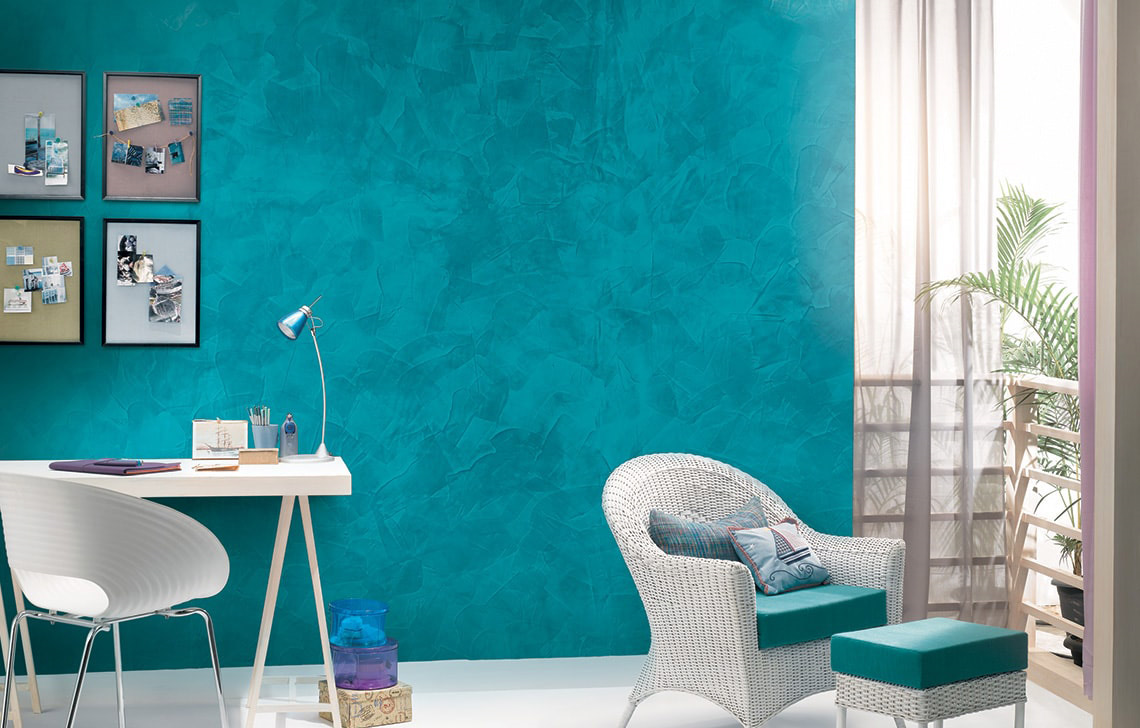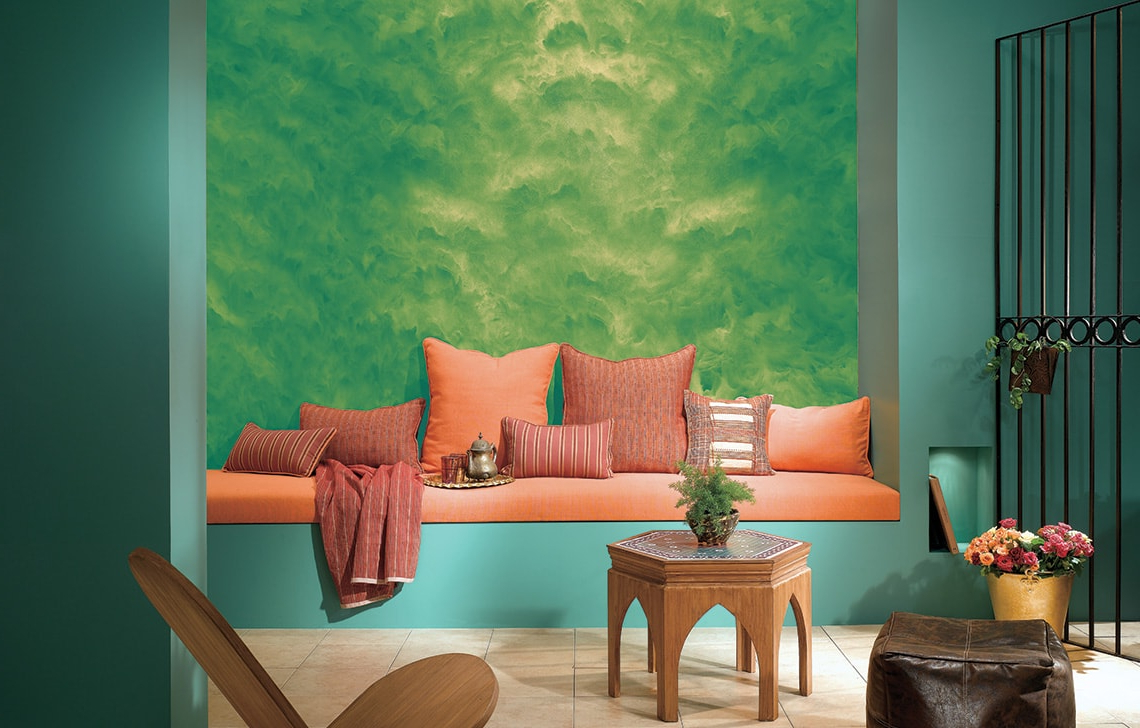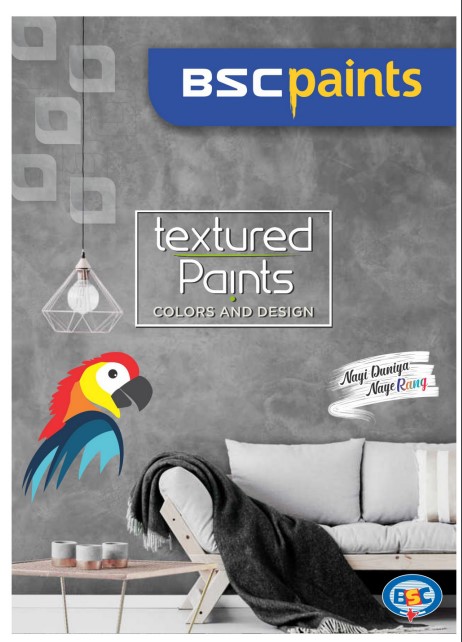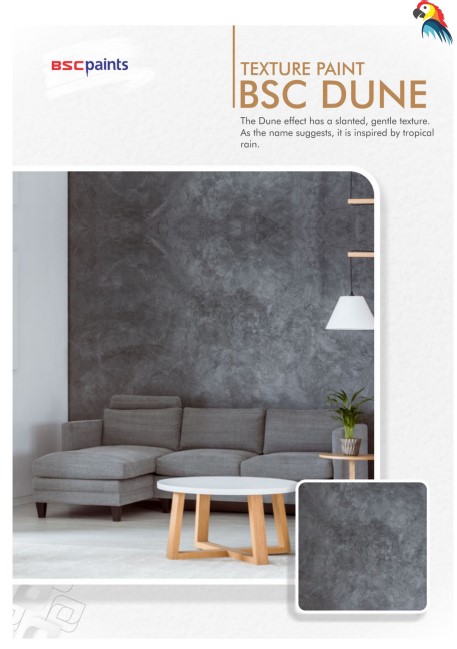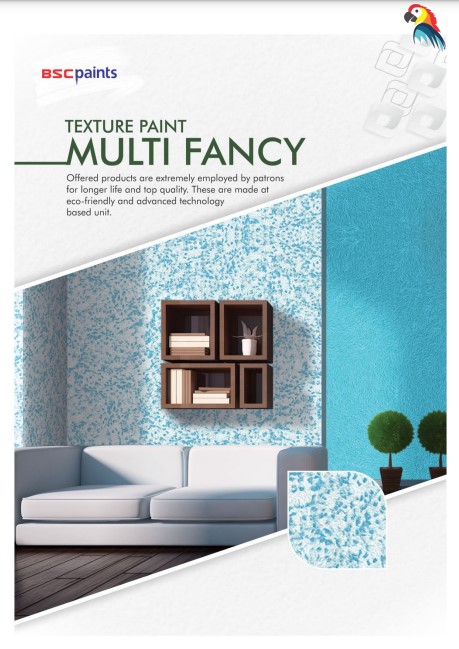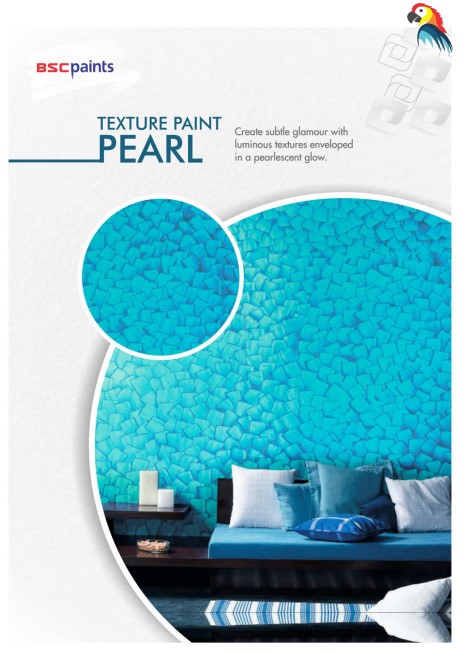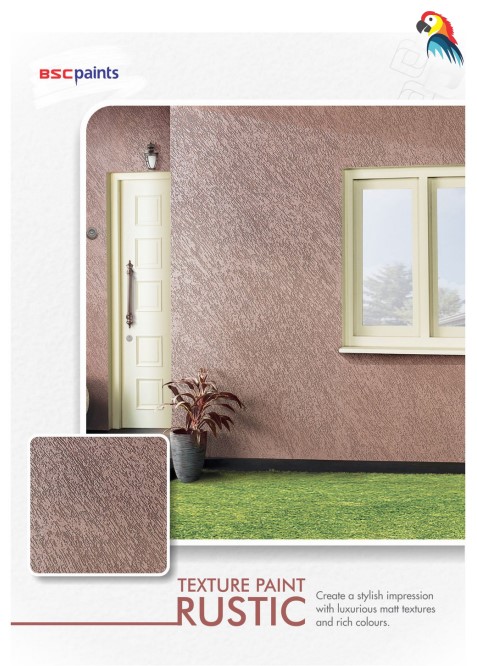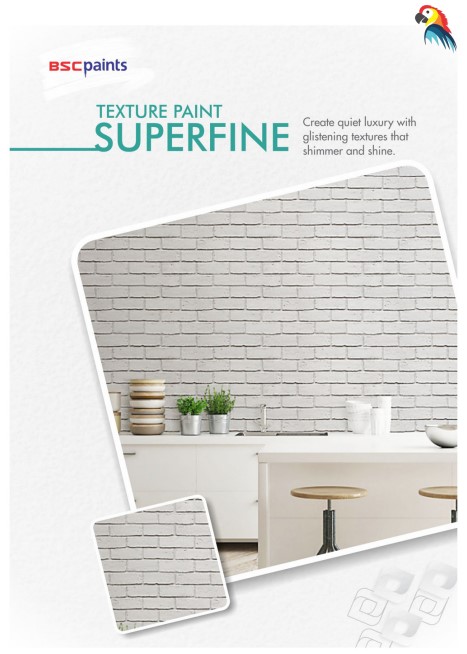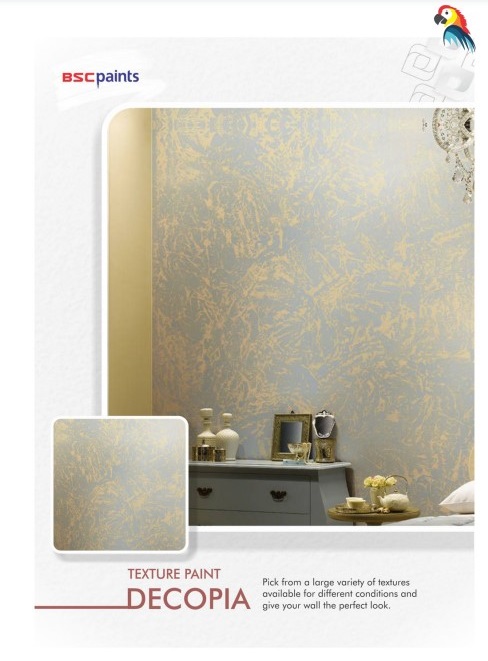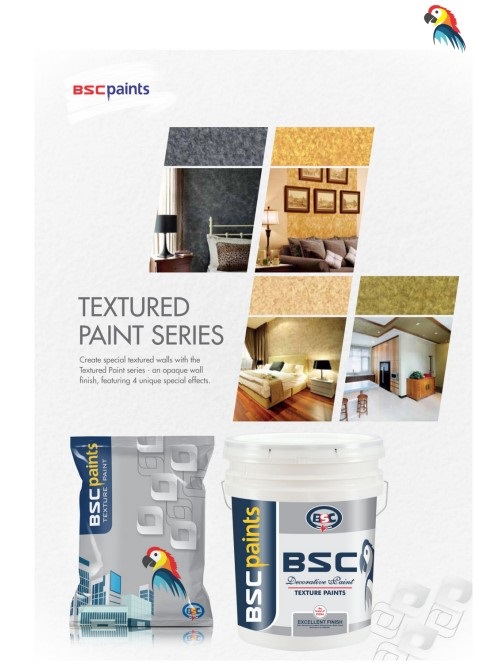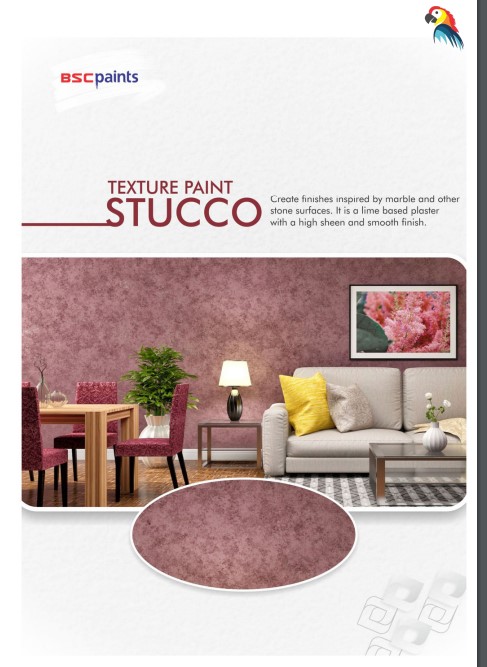Best Texture Design for Wall Painting Ideas in 2024
Welcome to our world of innovative texture designs for wall painting! Transforming your space into a captivating and dynamic environment has never been easier. Our curated collection of texture designs offers a plethora of options to suit every style and preference. Whether you’re aiming for a rustic charm, modern sophistication, or anything in between, we have the perfect texture to elevate your walls.
Why Texture Matters
Texture adds depth, character, and visual interest to any surface, especially walls. It can dramatically change the ambiance of a room, making it feel cozy, luxurious, or even larger than it is. Moreover, textured walls are excellent at hiding imperfections and adding warmth to a space.
Our Texture Design for wall painting Options
Brick and Stone: Create a timeless and rustic look with our brick and stone textures. From weathered bricks to smooth river stones, these designs bring an element of earthiness and authenticity to any room.
Stucco and Plaster: Achieve a Mediterranean-inspired aesthetic with our stucco and plaster textures. These finishes add a touch of elegance and old-world charm, perfect for both traditional and contemporary interiors.
Wood Grain: Embrace the natural beauty of wood with our wood grain textures. Whether you prefer the rustic appeal of reclaimed barn wood or the sleekness of polished mahogany, our wood textures add warmth and texture to your walls.
Geometric Patterns: Add a modern and artistic flair to your space with our geometric pattern textures. From bold triangles to intricate hexagons, these designs make a striking statement and can be customized to match your style.
Textured Metallics: Elevate your walls with our textured metallic finishes. Whether you prefer the shimmer of gold, the sophistication of silver, or the edginess of copper, our metallic textures add glamour and luxury to any room.
Customization Options for texture design for wall painting
We understand that every space is unique, which is why we offer customization options to tailor our texture designs for wall painting to your specific needs. Whether you want to adjust the colour, scale, or intensity of a texture, our team of experts is here to bring your vision to life.
Installation and Maintenance texture design for wall painting
Our texture designs for wall painting are expertly crafted to ensure easy installation and minimal maintenance. With proper care, your textured walls will retain their beauty and durability for years to come.
Get Started Today
Ready to transform your space with our texture designs for wall painting? Browse our collection online or visit our showroom to explore our full range of options. Our knowledgeable staff is here to assist you every step of the way, from design inspiration to installation guidance.
Elevate your space with our innovative texture designs for wall painting and experience the difference they can make in your home or business.
Top 60 Reason Choosing Best Texture Design for wall painting
Choosing the right texture design for wall painting can significantly impact the overall aesthetics and ambiance of a space. Here are 60 reasons why selecting the best texture design is crucial:
Enhanced Visual Appeal: Elevate the overall aesthetics of your space with a carefully chosen texture design.
Distinctive Identity: Create a unique and distinctive identity for your space through the right texture.
Aesthetic Harmony: Achieve aesthetic harmony by selecting a texture that complements your overall design theme.
Depth and Dimension: Add depth and dimension to your walls, making them more visually interesting.
Mood Enhancement: Different textures evoke different moods, allowing you to create the desired atmosphere.
Professional Finish: Opt for the best texture to ensure a professional and polished finish for your wall painting.
Reflects Personal Style: Your chosen texture serves as a reflection of your personal style and taste.
Modern and Trendy: Stay on-trend with contemporary design aesthetics by selecting textures that align with the times.
Classic Elegance: Choose textures that exude timeless elegance for a lasting appeal.
Showcases Artwork: The right texture serves as a backdrop to showcase artwork and decorative elements.
Camouflages Imperfections: Texture effectively conceals minor imperfections on your walls.
Balances Lighting: Textured walls play with light, creating interesting effects and balancing the overall lighting design.
Flexible Customization: Choose from a wide range of textures to customize your space according to your preferences.
Improved Acoustics: Certain textures contribute to better sound absorption, enhancing the acoustics of your room.
Architectural Emphasis: Use texture strategically to emphasize architectural features and details.
Focal Point Creation: A textured accent wall can serve as a focal point, drawing attention to specific areas.
Coordinate with Furnishings: Ensure your texture choice complements your furniture and decor for a cohesive look.
Psychological Impact: Texture influences mood and emotions, contributing to a psychologically pleasing environment.
Dynamic Interiors: Textured walls add dynamism and interest to your interior spaces.
Artistic Expression: Experiment with creative textures as a form of artistic expression in your design.
Practical Application: Consider the ease of application and maintenance when choosing a texture for practical reasons.
Environmental Friendliness: Opt for eco-friendly textures to align with sustainable and environmentally conscious design practices.
Reflects Cultural Influences: Some textures can be chosen to reflect and honour cultural or historical influences.
Luxurious Atmosphere: Certain textures, like Venetian plaster, contribute to a luxurious and sophisticated atmosphere.
Versatile Design Element: Texture is a versatile design element that can be applied in various ways to achieve different effects.
Increased Property Value: Well-chosen textures can enhance the perceived value of your property.
Experimentation Opportunities: Texture provides an opportunity for creative experimentation in design.
Natural Element Integration: Incorporate textures inspired by nature to bring a touch of the outdoors inside.
Contrast Creation: Use textures to introduce contrast, preventing monotony in your design.
Historical Relevance: Choose textures that have historical relevance to add a sense of depth to your design.
Tactile Experience: Some textures provide a tactile experience, engaging multiple senses.
Customized Illusions: Create visual illusions by strategically using textures to alter perceptions of space.
Transition Enhancement: Use textures to create smooth transitions between different areas of your space.
Soothing Textures: Opt for soft and subtle textures to contribute to a calm and soothing atmosphere.
Accentuate Ceilings: Certain textures can draw attention to ceilings, making the space feel larger.
Artistic Murals and Decor: Textures can serve as a canvas for artistic murals or decorative elements.
Reflect Design Trends: Stay updated with current design trends by choosing textures that are in vogue.
Play with Scale: Manipulate the perception of space by playing with textures to make rooms feel more intimate or expansive.
Drama and Excitement: Bold textures can add drama and excitement to your space.
Optimal Lighting Enhancement: Light-coloured and reflective textures enhance natural light, brightening up your room.
Low Maintenance Choices: Opt for low-maintenance textures in high-traffic areas for practicality.
Weather Resistance for Exteriors: Exterior textures should withstand weather conditions, ensuring durability.
Age-Defying Beauty: Certain textures age gracefully, maintaining their beauty over the years.
Seamless Zone Definitions: Use textures to clearly define separate zones within open-concept spaces.
Increase Resale Appeal: A well-textured interior increases the resale appeal of your property.
Subtle Elegance: Some textures exude a subtle elegance that can enhance any space.
Playful Designs: Incorporate playful and whimsical textures for a more light-hearted atmosphere.
Enhanced Colour Dynamics: Texture can affect the way colours interact, influencing your overall colour scheme.
Versatile Wall Finishes: Explore diverse wall finishes, finding the perfect match for your style.
Inviting Atmosphere: Overall, the best texture design contributes to creating an inviting and welcoming atmosphere in your home or office.
Sensory Engagement: Textured walls provide a tactile and visual experience, engaging multiple senses.
Reflects Seasonal Themes: Choose textures that reflect seasonal themes for a dynamic and ever-changing environment.
Rustic Charm: Incorporate textures like distressed or reclaimed wood for a rustic and charming look.
High-End Simplicity: Opt for simple yet high-end textures to achieve a sophisticated and refined ambiance.
Artistic Paneling: Create artistic paneling effects using textures to add a touch of elegance to your walls.
Hygge Atmosphere: Textures contribute to a cozy and hygge-inspired atmosphere, promoting comfort and well-being.
Sustainability Statement: Opt for sustainable and recycled textures to make a positive environmental impact.
Artisan Craftsmanship: Some textures showcase artisan craftsmanship, adding a touch of handmade charm to your space.
Biophilia Design: Choose textures that align with biophilia design principles, connecting your space with nature.
Metallic Elegance: Incorporate metallic textures for a modern and luxurious feel.
Here Some FAQ Relative to Texture Design for Wall Painting
Certainly! Let’s delve into more detailed Frequently Asked Questions (FAQs) related to texture design for wall painting:
What are the different types of texture designs for wall painting?
- There are various texture designs, including but not limited to stippling (using a brush or roller for a dotted effect), sponging (applying paint with a sponge), rag rolling (using a rolled-up cloth), stenciling (creating patterns using a stencil), and combing (using a comb for linear textures).
How do I choose the right texture for covering imperfections on my walls?
- Heavy textures like knockdown or popcorn can effectively camouflage imperfections, while lighter textures such as skip trowel or sand swirl provide a more subtle approach. Consider the severity of imperfections and the desired visual outcome.
Can I create a custom texture for my walls?
- Yes, custom textures can be achieved by experimenting with different tools, techniques, and layering. Combine various textures or modify existing techniques to suit your preferences.
What are the advantages of using texture additives in paint?
- Texture additives, like sand or silica, enhance the tactile feel of the paint and provide additional visual interest. They also contribute to better adhesion and durability.
Is it possible to replicate the appearance of natural materials, such as stone or brick, with texture painting?
- Yes, certain texture techniques and paints can mimic the look of natural materials. Faux finishes, like faux brick or faux stone, involve layering paints and textures to achieve a realistic appearance.
How do I prevent texture inconsistencies on large wall surfaces?
- Maintain a consistent technique and pressure throughout the painting process. Consider working in smaller sections and blending adjacent areas for a seamless finish.
Can I use texture painting in humid or moisture-prone areas like bathrooms?
- Yes, but it’s crucial to use moisture-resistant paints and additives. Consider textures that are less likely to trap moisture, and ensure proper ventilation in such areas.
What are some eco-friendly options for textured wall painting?
- Look for paints and additives with low or zero volatile organic compounds (VOCs). Natural additives like crushed walnut shells or recycled glass can also be environmentally friendly choices.
How do I repair damaged textured walls?
- Repair techniques vary based on the type of texture. Generally, you can patch small holes or cracks with joint compound or Spackle. Larger repairs may require reapplication of the texture.
Can I mix different types of textures in the same room?
- Yes, mixing textures can add depth and visual interest. However, consider the overall aesthetic and ensure that the different textures complement each other.
Are there specific colour considerations for textured walls?
- Darker colours may emphasize textures, while lighter colours tend to minimize them. Experiment with sample boards to find the ideal colour and texture combination for your space.
How can lighting affect the appearance of textured walls?
- Lighting plays a significant role in highlighting textures. Experiment with different lighting angles and intensities to see how shadows interact with the textures.
Can I create a 3D effect with texture painting?
- Yes, layering textures and using shadowing techniques can create a three-dimensional effect. This is often used to add depth and interest to feature walls or focal points.
Remember to test techniques and products in inconspicuous areas before applying them to the entire wall. Additionally, consult with professionals or seek guidance from paint manufacturers for specific recommendations based on your project.

